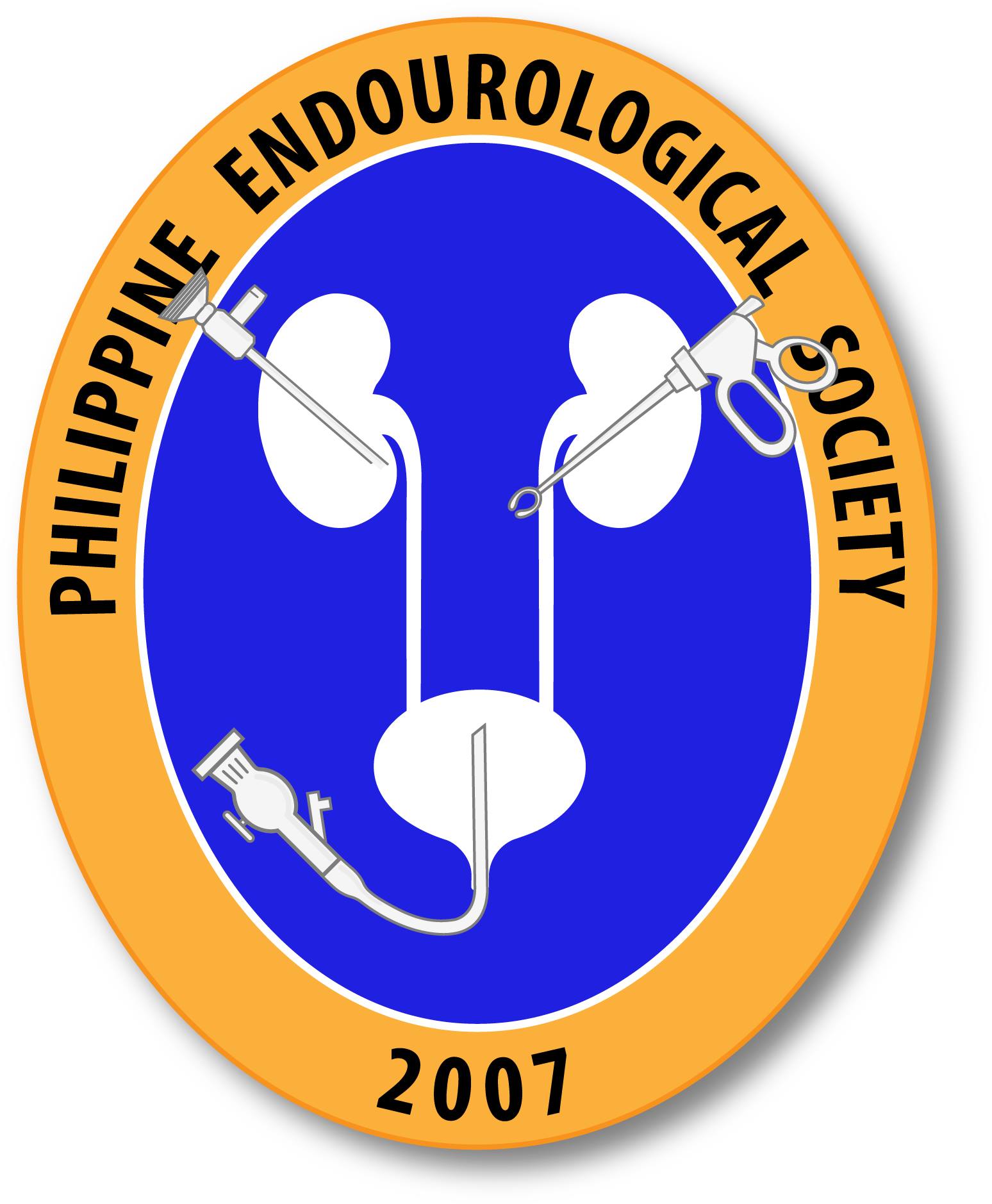Lower urinary tract symptoms (LUTS) before and after robotic-assisted laparoscopic prostatectomy: does improvement of LUTS mitigate worsened incontinence after robotic prostatectomy?
Urinary incontinence is a major concern for patients scheduled for radical prostatectomy. However, after prostatectomy lower urinary tract symptoms (LUTS) may improve and thus mitigate this concern. We assessed LUTS and its interference with the quality of life (QoL) using the short form of the international continence society male questionnaire (ICSMALESF-Q) in patients before and […]
